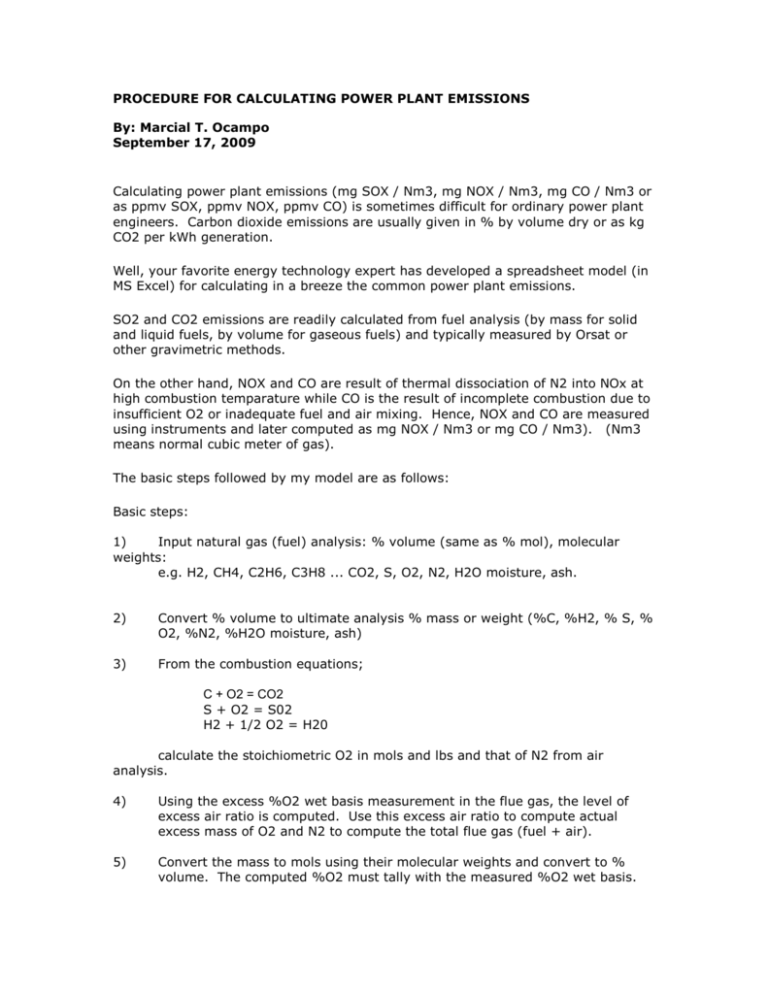

Ρ = (M/22.4)*(ToP/PoT) – this give us a density of the gases in different temperature and pressure. Now we must find how the weight of these 35 cm3 is. Then if we have 35 ppm this means that in one cubic meter there is 35 cubic centimeters of sulfur dioxide – 35 cm3/m3. This mean that in one cubic meter we have 1 000 000 cubic centimeters. So how we should work to transfer ppm to mg/m3 at first let look for example when we have concentration of 35 ppm SO2. For example in UK the limits of NOx in chimney gases on appliances which are new and work with liquid fuels is 450 mg/m3. Many of the limits are given in these measurement units and if you saw the limits in EU, UK or even Bulgaria every limits are in mg/m3. This mean mass in volume which is also strange because we talk about gases and their masses differ and depends from temperatures and pressure. Years ago when I have started to learn about measuring of pollutions in chimney gases everything was in mg/m3 or milligrams per cubic meter. Let see how the ppm is used in gases from chimneys and how it is used. This shows us that the ppm measurement is not so correct in when we talk about stuffs with different states – liquid and crystal. So it is impossible to be liquid in the diesel. This means that you will burn 50 milliliters of sulfur! Of course the sulfur is not liquid – the stuff sulfur is a yellow crystal and it melt on 115.21 degrees. What this digits mean actually – if you burn one litter of diesel then you will burn and 50 ppm of sulfur or 50 parts from all million. In the EU since 2007 the contain of sulfur shall not exceed 50 ppm(Euro IV). These days when everyone talks for ecology we in EU know that there is a limits of the sulfur contains in the liquid fuels.

This is analogous to the meaning of percent as parts per hundred”Īccording to Wikipedia “ppm” is “"Parts-per" notation is used, especially in science and engineering, to denote relative proportions in measured quantities particularly in low-value (high-ratio) proportions at the parts-per-million ( ppm), parts-per-billion ( ppb), and parts-per-trillion ( ppt) level.” % = 9.8 wt.According to BIPM(Bureau International des Poids et Mesures) “ppm” is “The term "ppm", meaning 10–6 relative value, or 1 in 106, or parts per million, is also used. G/min are not normal units in the ozone industry so we simply convert minutes to hours to get g/hr: 0.60 g/min x 60 min/hr = 36 g/hrĬonvert 140 g/m3 to wt% (oxygen feedgas).īased on the conversion above, 100 g/m3 = 6.99 wt.

#HOW TO CALCULATE PPM NOX GENERATOR#
Let's work through an example: The ozone concentration exiting an ozone generator is 120 g/m3 at 5 lpm of oxygen flow. The formula is flowrate (lpm) x ozone concentration (g/m3) = ozone production (mg/hr) Due to efficiency losses with injecting ozone and ozone demand of the water, your dissolved ozone concentration will be less.ĭetermine the output of an ozone generator: This does not mean that 2 PPM will be your final dissolved ozone concentration. Remember that 9 gm/hr will permit you to dose the water with 2 PPM of ozone. How much ozone production is needed to dose 2 PPM into 20 GPM of water? (we will be using PPM throughout the rest of this example knowing that 1 mg/l = 1 PPM)Ģ0 GPM x 3.78 l/gal x 60 min/hr x 2 PPM = 9,072 mg/hr (9 gm/hr) It is water flowrate x ozone dosage = required ozone productionīelow is the formula for determining ozone generation requirements if you know common water and ozone parameters (namely flowrate in GPM and ozone dosage in mg/l).įlowrate (GPM) x 3.78 l/gal x 60 min/hr x ozone dosage (mg/l) = ozone production (mg/hr) Physical Properties, Standard conditions P = 1013.25 MB, T = 273.3 Kġ mg/l = 1 PPM O3 = 1 g O3/m3 water ġ00 pphm (parts per hundred million) = 1 ppm (parts per million)


 0 kommentar(er)
0 kommentar(er)
